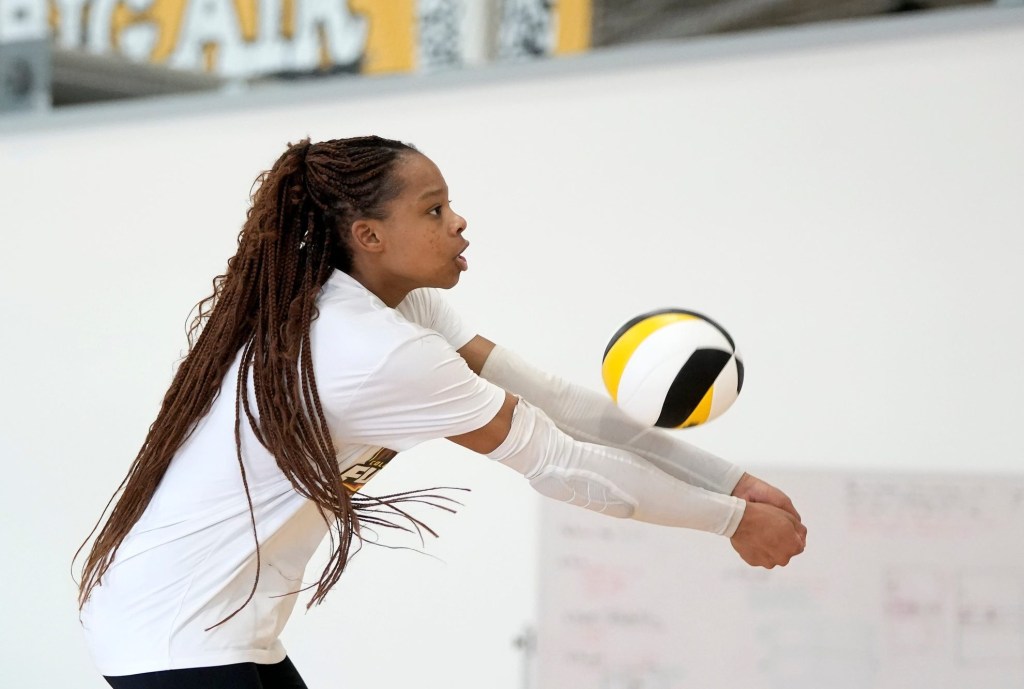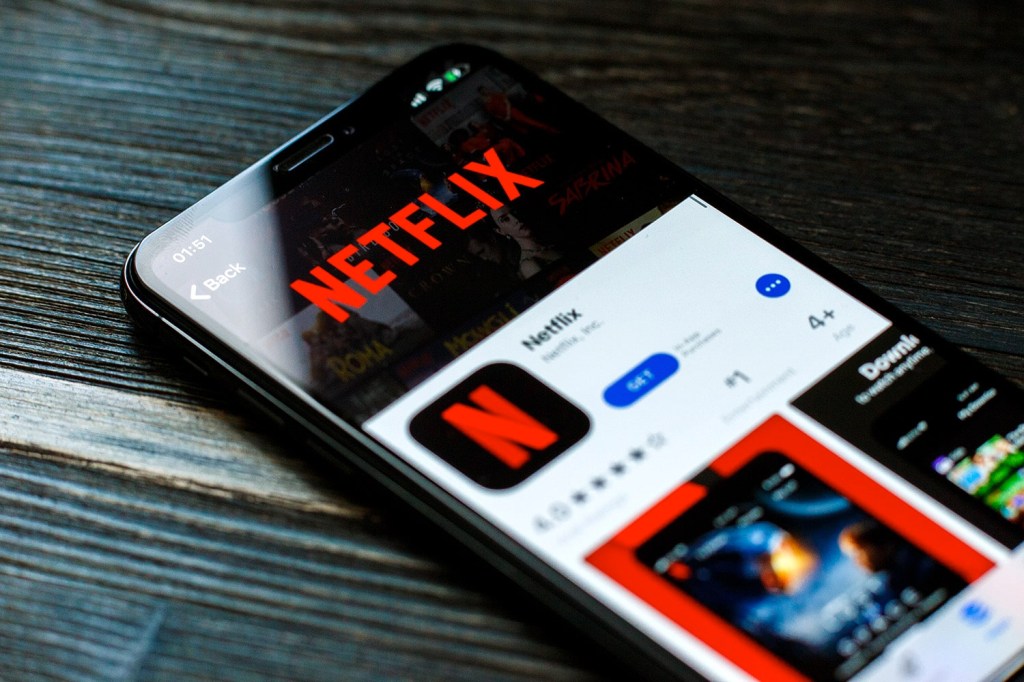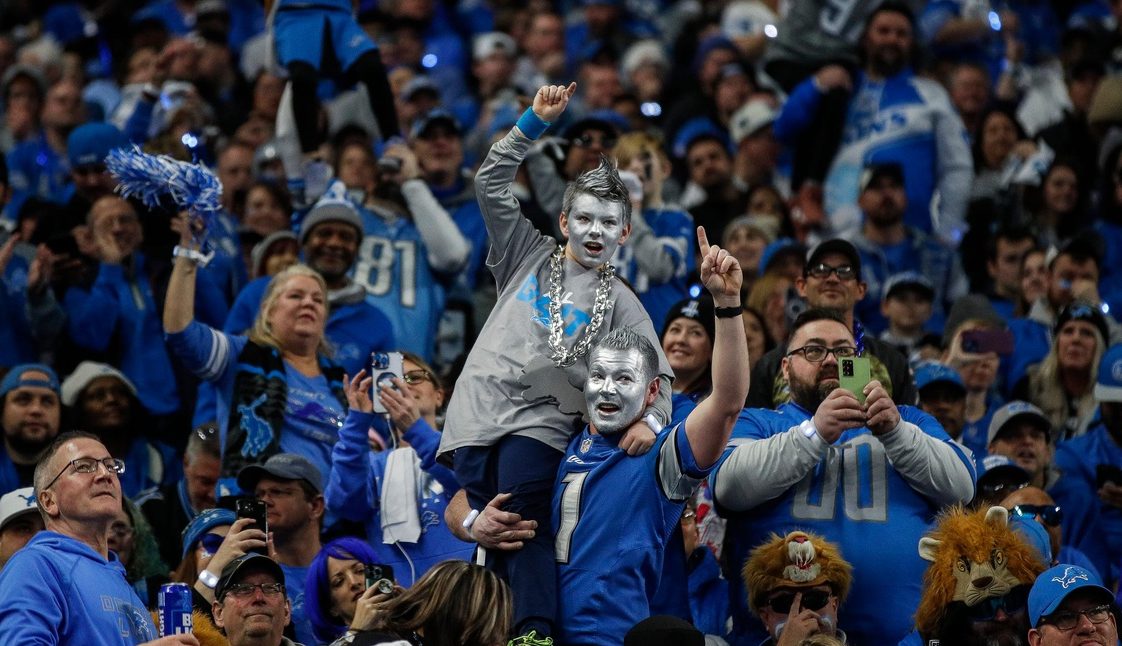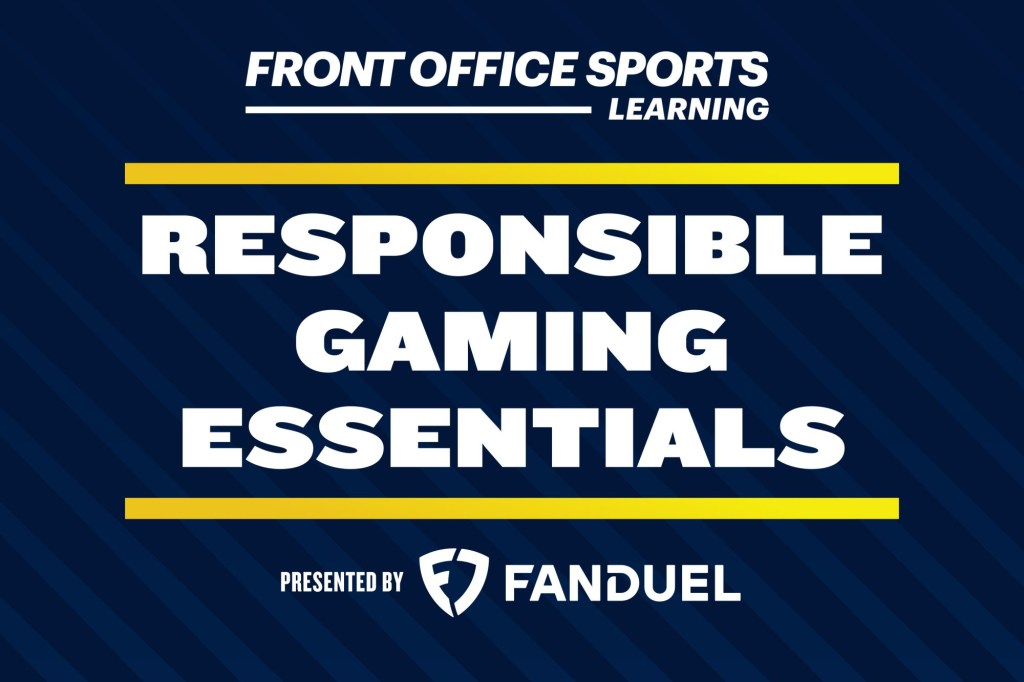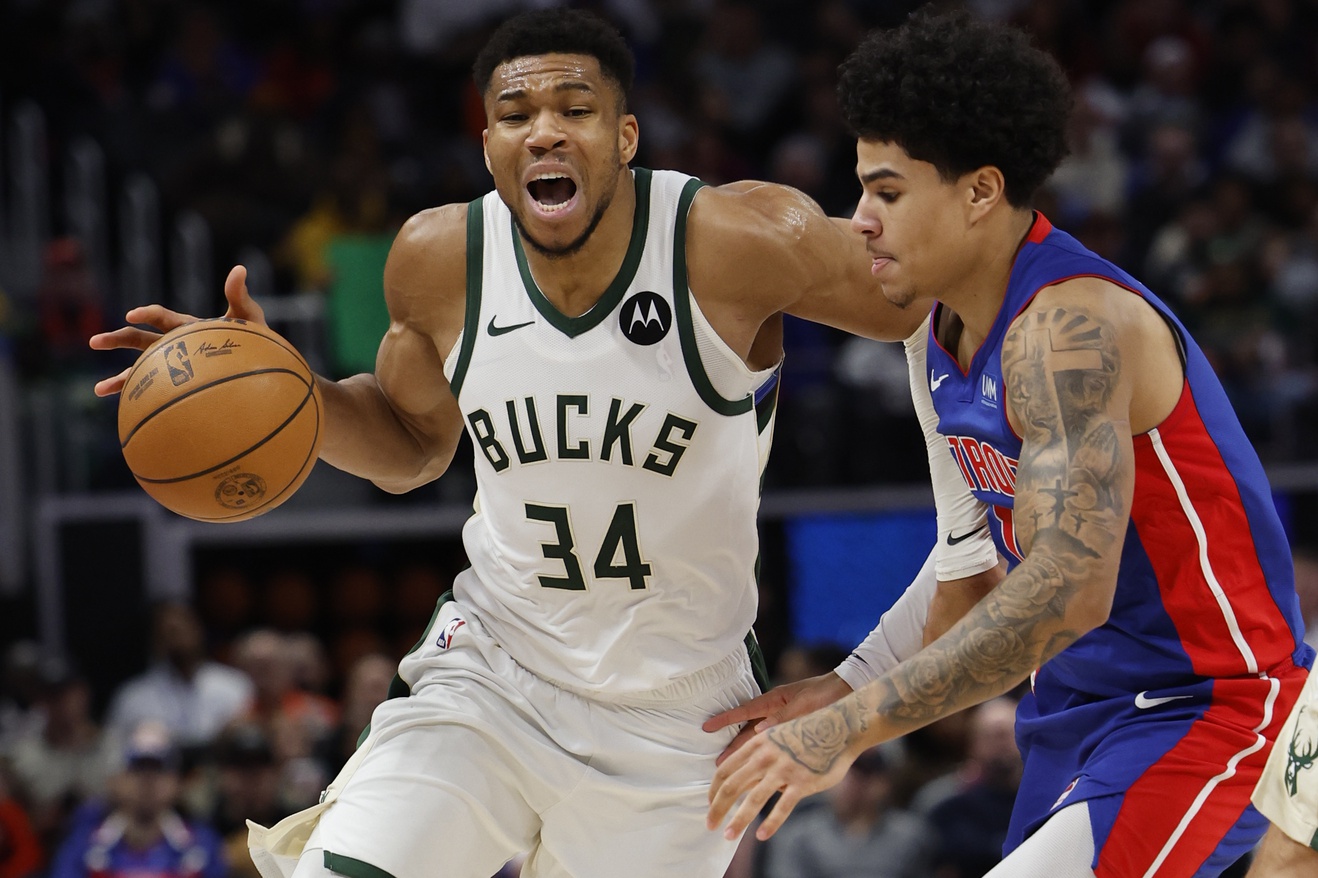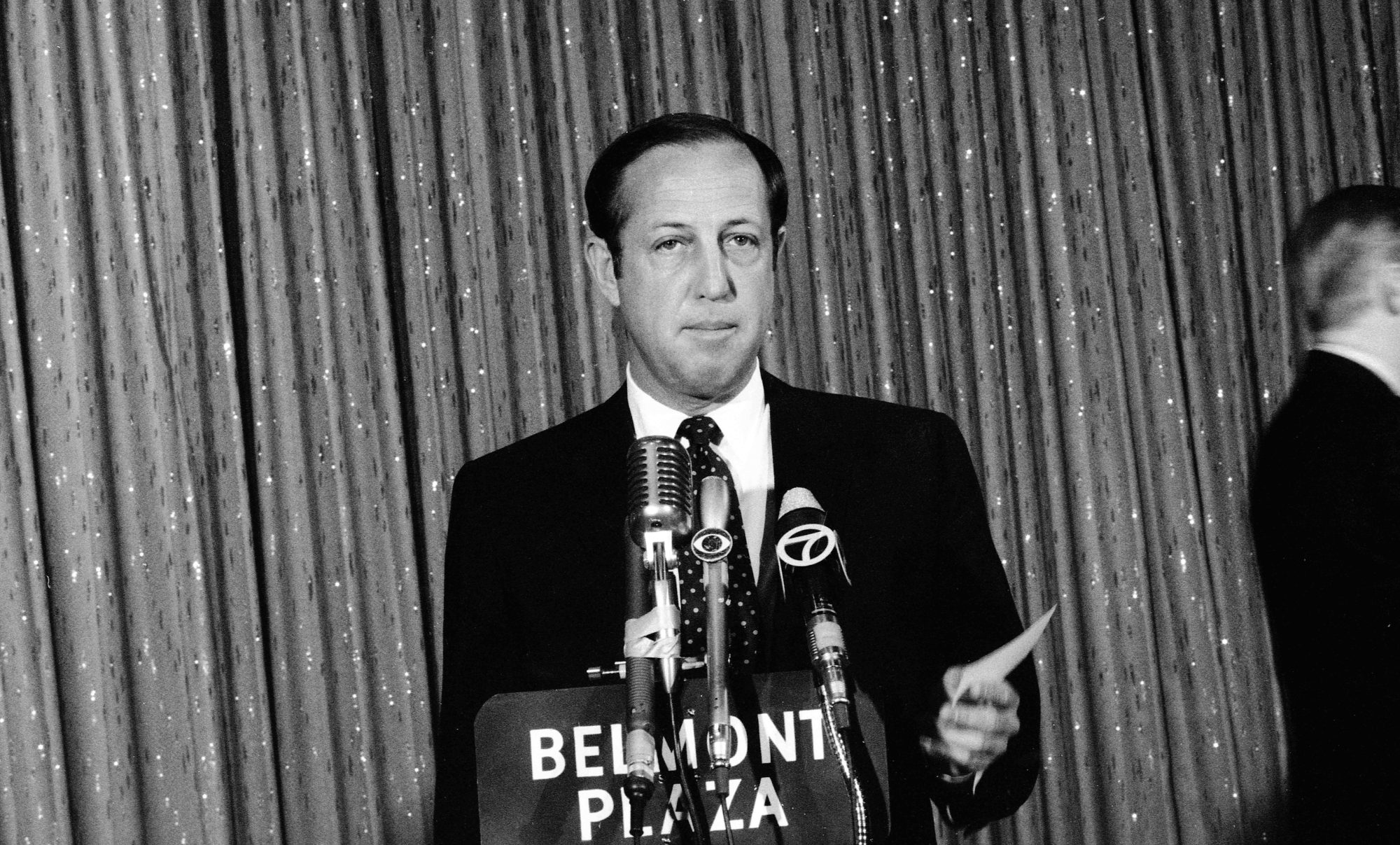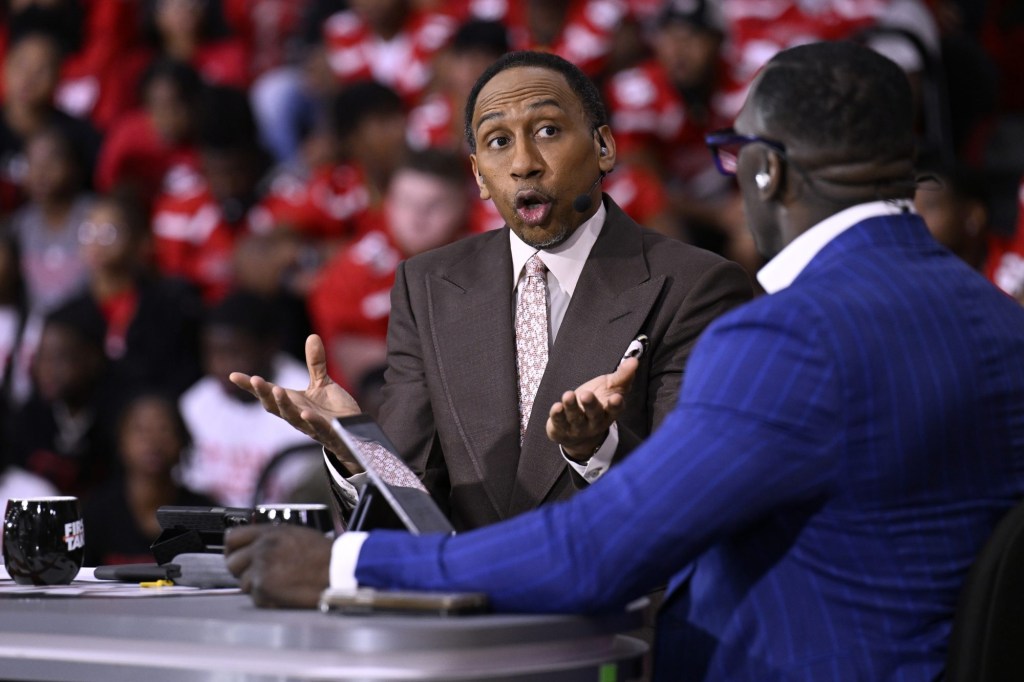A new professional volleyball league launches on Wednesday night, capitalizing on the rampant growth of women’s sports in the U.S. But in this growing space, they’re hardly alone.
The Pro Volleyball Federation will hit the court with seven teams competing against each other in a four-month regular season, followed by a four-team playoff to crown the season’s champion. It shouldn’t be surprising that the PVF’s first match is taking place in Omaha—in nearby Lincoln, Nebraska’s women’s volleyball team set the attendance record for a women’s sports event with 90,003 fans at the Cornhuskers’ football stadium last August. The Omaha Supernovas will be playing at the 18,000-seat CHI Health Center, which is home to Creighton basketball and has hosted NCAA tournament matches in basketball and volleyball.
Select PVF matches will be shown on CBS Sports Network, while others will be streamed by OTT platforms Stadium and Bally Live. Beyond those media rights deals, the values of which have not been disclosed, the PVF also has a partnership with USA Volleyball—the national governing body—and deals with staple volleyball brands like Franklin and Spalding. On the ownership front, the PVF has notable investors like Cincinnati Bengals quarterback Joe Burrow and music star Jason Derulo.
Is Consolidation Needed?
The PVF won’t be the only new pro volleyball league launching this year. In November, League One Volleyball (LOVB) is set to debut, with franchises in at least six markets—two of which overlap with the PVF: Omaha and Atlanta. LOVB has raised $35 million from key investors like Kevin Durant, Candace Parker, and Ares Management Funds. Meanwhile, Athletes Unlimited Volleyball has been operating since 2021, albeit with a different model that sees players switch teams each week and matches played at a single location.
Volleyball is certainly hot right now, particularly on the college level. In December, the Texas-Nebraska NCAA women’s volleyball national championship averaged a record 1.69 million viewers on ABC. And there’s clearly an appetite among sports power brokers to take advantage of the pro level, as seen by the various new leagues. But if the offerings are oversaturating the market, organizers may ultimately need to consider joining forces, much like the merger in women’s hockey last summer that led to a so-far-successful launch of the PWHL.


